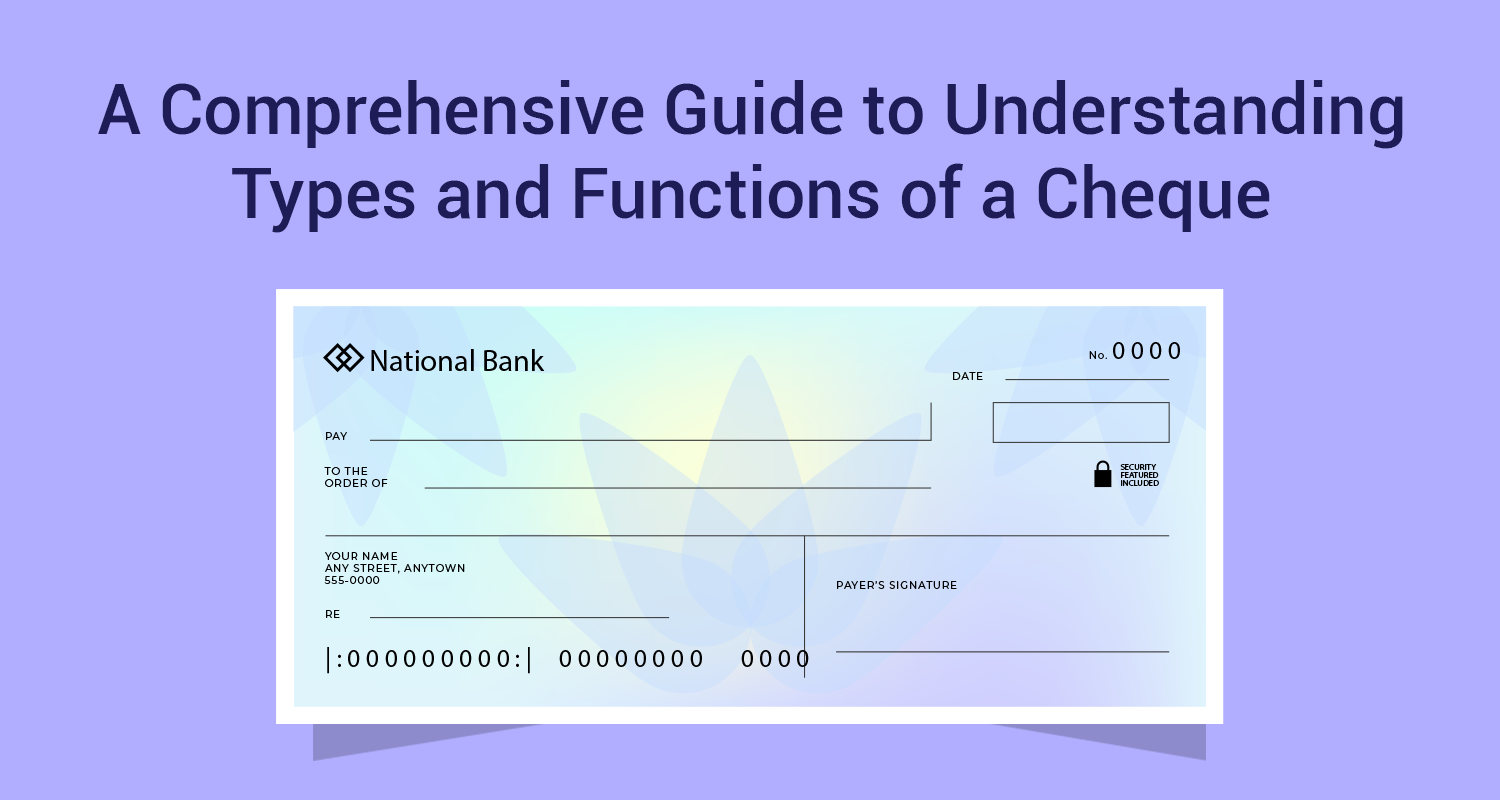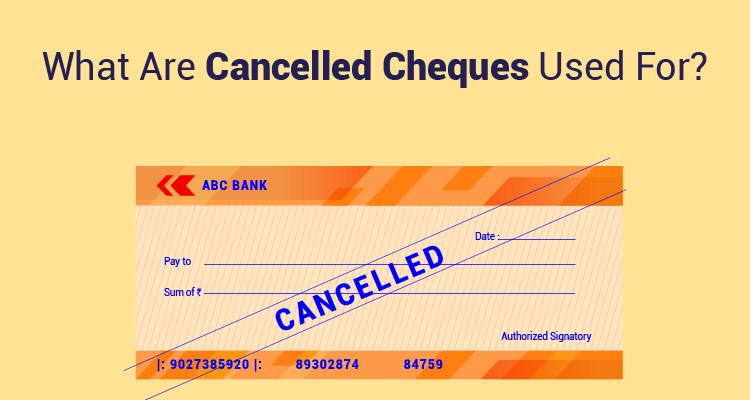How To Select A Debt Fund?

An equity fund is quite straight forward. You invest the money in an equity fund and the fund in turns buys equities. Debt funds are a lot more complex and you need to take a more granular approach. A debt fund invests in debt instruments like government bonds, corporate bonds, call money, treasury bills etc. By default, debt funds are more stable and also generate regular income compared to equity funds. As a result, debt funds are also lower on the return and the risk scale.

That brings us to a very fundamental question. How does an investor select a debt fund? Broadly, there are 4 parameters that need to be considered as captured in the graphic above. Let us dwell on them in greater detail.
Does the Maturity Of The Debt Fund Match The Maturity Of My Liability?You invest in debt funds when you normally know that you have an outstanding payment. For example, assume that you have to pay a margin on your home loan after 3 years. That is long enough for you to invest in a debt fund. You know that that the risk of volatility in debt funds is quite low if you have a3-yearr perspective. What you can also do is to take a 3-year FMP (fixed maturity plan) so that you are totally saved of the interest rate risk and at the end of 3 years the corpus can be used to pay your home loan margin. Also, the returns become a lot more predictable in this case. However, if you are having a payable at the end of 6 months, then debt fund may not be the right choice. A better choice will be to put your money in liquid funds or in liquid-plus funds even if it means getting lower yields.
Does The Risk Profile Of The Debt Fund Match My Risk Appetite?Every investor has a risk appetite, the capacity to take on risk. Debt funds also come in different risk matrix. For example, a government bond fund is less risky in terms of default risk as compared to a credit fund investing in corporate debt. At the same time, the government bond fund has a much higher interest rate risk, especially in case of long dated holdings. The interest rate risk is the risk of your debt fund NAV going down when the bond yields move up. Similarly, there are static plans and dynamic plans. In dynamic plans, the fund manager has a much higher discretion to switch maturities and credit quality. Here again, you need to take a call on the debt fund based on your risk appetite.
How Has The Fund Performed And What Is The TER?What do we understand by the Total Expense Ratio (TER) and how does it impact returns? The total expense ratio is the total cost that the fund bills to the investors. For example, the fund incurs costs like marketing, publicity, administration, fund management, registry, transaction charges etc. All these are added up and expensed to the fund AUM. While your total expenses are incurred at different points of time, the fund will charge the TER on a daily basis to your NAV. Typically, for a debt fund, the TER ranges from 1.6% to 2.2%. This is quite substantial because you are looking at fairly lower returns compared to equity funds. That is why you have to be very choosy about the TER of the fund. Given a choice, always prefer the debt fund with the lowest TER. Normally, larger AUM funds have lower TERs. Also, when you look at returns of the debt compared, more than peer group returns to focus on the consistency of the returns generated by the debt fund.
What Is the Vulnerability Of The Fund To Key Macros?This is slightly more complicated and you need to read the mutual fund fact sheet thoroughly to understand this. For example, if your fund portfolio is heavy on long dated securities then you run a higher interest risk if the RBI hikes repo rates. Greater proportion of âAAâ rated debt adds to the credit risk profile of the fund and makes it more vulnerable to any credit downgrades. Remember, what happened to JP Morgan Fund when Amtek Auto got downgraded. Similarly, liquid funds at the shorter end tend to be vulnerable to sudden spikes in call rates. These are the risk you must be conscious about.
Disclaimer: The information contained in this post is for general information purposes only. IIFL Finance Limited (including its associates and affiliates) ("the Company") assumes no liability or responsibility for any errors or omissions in the contents of this post and under no circumstances shall the Company be liable for any damage, loss, injury or disappointment etc. suffered by any reader. All information in this post is provided "as is", with no guarantee of completeness, accuracy, timeliness or of the results etc. obtained from the use of this information, and without warranty of any kind, express or implied, including, but not limited to warranties of performance, merchantability and fitness for a particular purpose. Given the changing nature of laws, rules and regulations, there may be delays, omissions or inaccuracies in the information contained in this post. The information on this post is provided with the understanding that the Company is not herein engaged in rendering legal, accounting, tax, or other professional advice and services. As such, it should not be used as a substitute for consultation with professional accounting, tax, legal or other competent advisers. This post may contain views and opinions which are those of the authors and do not necessarily reflect the official policy or position of any other agency or organization. This post may also contain links to external websites that are not provided or maintained by or in any way affiliated with the Company and the Company does not guarantee the accuracy, relevance, timeliness, or completeness of any information on these external websites. Any/ all (Gold/ Personal/ Business) loan product specifications and information that maybe stated in this post are subject to change from time to time, readers are advised to reach out to the Company for current specifications of the said (Gold/ Personal/ Business) loan.



